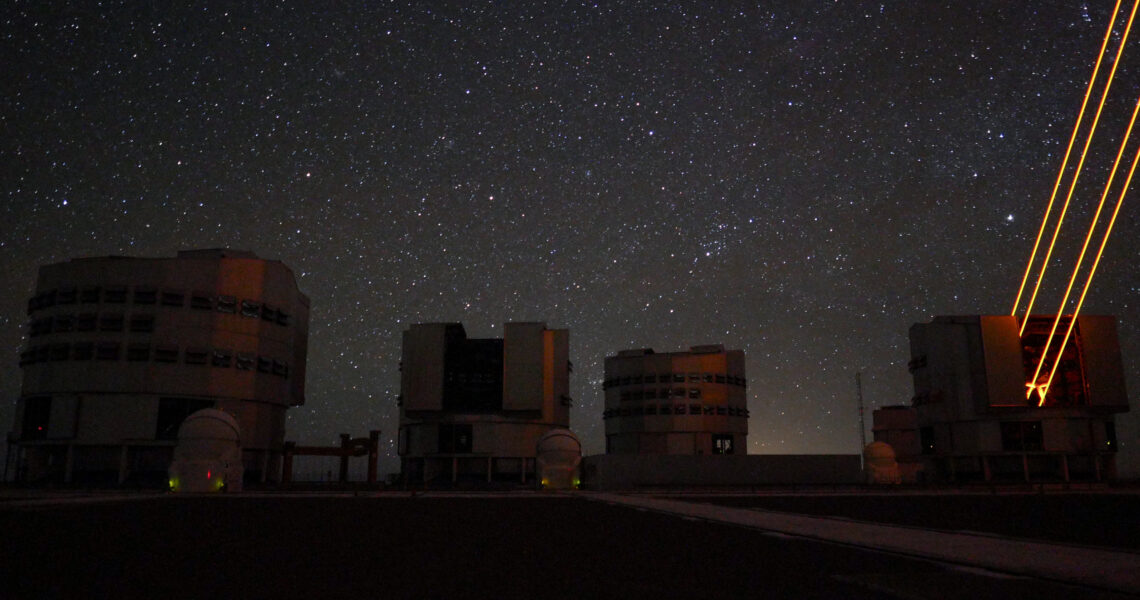
The Paranal observatory in Chile: Dr. Johanna Hartke takes us to the frontier of astronomical observations
21st of December 2020 is an extremely interesting astronomical day, so in order to celebrate it, I have interviewed Dr. Johanna Hartke – an outstanding astronomer who works for the European Southern Observatory at the Paranal observatory in Chile.
What makes 21st of December so special? In addition to the winter solstice – when we mark the shortest day in the year and the official start of the winter – this year we also enjoy two other exciting astronomical events: the peak of the Ursids meteor shower and the so-called “great conjunction” of Jupiter and Saturn. Today the planets will come so (astronomically speaking) close to one another, that when we see them from Earth, they will seem like one massive star to us. Saturn and Jupiter were just as close the last time in 1623 – only 14 years after Galileo constructed his own telescope in 1609. One can only marvel how far astronomy and astrophysics have come since then.
Virtual trip to the Paranal observatory in Chile
Located at 2633 meters above sea level in the Atacama Desert and 1200km away from Santiago, Johanna is at the frontier of one of the best observing sites in the world. Thanks to technology and Johanna’s eloquence, I get to enjoy a private virtual tour to one of the best astronomical observations in the World – the Paranal observatory in Chile.
Johanna and I start our talk when it is 10:30 in Chile and 14:30 in Berlin. I sit next to my heater put on a maximum, dressed in two sweaters and thick socks. Johanna sits in her living room, wearing a t-shirt and beautiful blue accessories, handcrafted by refugee women in a small shop in Istanbul called “Drop Earrings not Bombs“. The sunlight perfectly brightens her incredibly kind and intelligent face, and as she takes a sip from her cold water, she also turns on the AC. I drink plenty of warm tea and I am smiling at how different our day looks like.
We catch up a little bit – we have not talked (if we exclude texting) since we both left Jacobs University – and it feels so great to see her face after all this years. She is so enthusiastic and passionate about her work that I almost do not need to ask her questions.
We talk about how the observatory looks like and what she does there; how the astronomers decide what to observe; and why Chile is one of the best places in the World for astronomical observations. We then turn to the main challenges of her job; how the pandemic has influenced the work at the observatory; and last, but not least what her advice is for all of us.
So, without further due, let’s get on it. The article is divided into four major topics:
- Working as an astronomer: covers Johanna’s personal career path; her job description; and how she decides what to observe;
- Inside view into the Paranal observatory in Chile: covers why Chile is great for astronomical observations; technical description of the observatory; trainings at the observatory; usual night shift; and the way the collected data looks like;
- The challenges of an astronomer: covers personal, professional and pandemic-related challenges;
- Soft skills needed to be an astronomer and career advice from Dr. Hartke.
This article is in the form of an interview. “I” refers to Johanna, in order to preserve Johanna’s words as truthful as possible. I also thank her wholeheartedly for giving me the permison to share her beatiful photographs on my blog.
1. Working as an astronomer
Ivona: Let us start with a little bit of personal motivation and your career path. What got you into astronomy? When and how did you know that you want to become an astronomer?
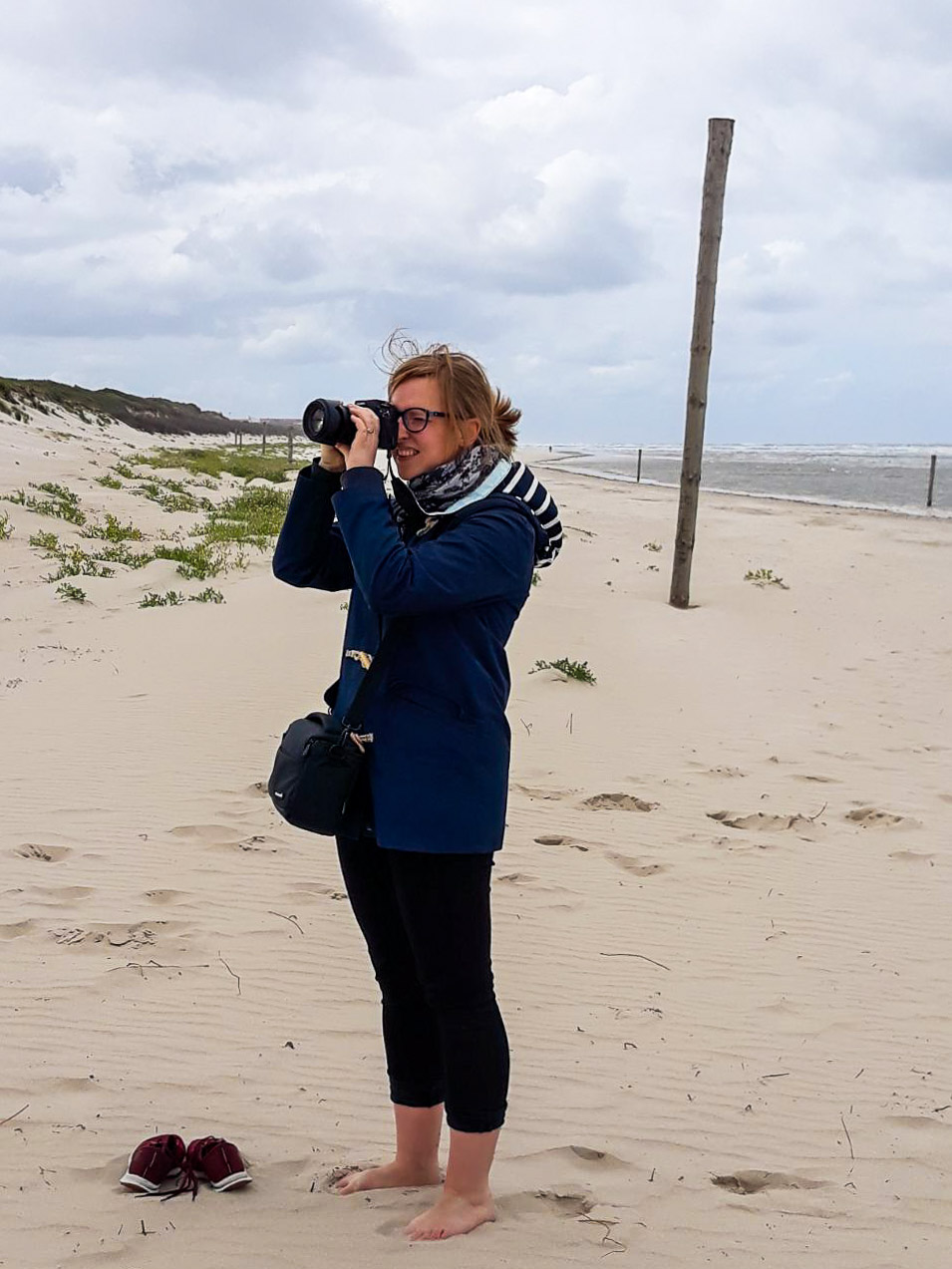
I completed a BSc. in Physics at Jacobs University Bremen. After this, I went to the University of Groningen for my master studies and to ESO and then at LMU in Munich for my PhD.
But, what really got me into astronomy though was my internship during my bachelor studies. I did it in Australia. It was my first time out of Europe and first time flying and I was so nervous that I literally threw up at the airport.
This put aside, the internship was a real game changer and door opener for me. After my second year at University and having quite a few classes with a professor who, to put it kindly, was not really encouraging, I started thinking about quitting science. I wanted to become a teacher. On the side, I did a piano competition and I performed really well, probably well enough to get into a music conservatory to become a music teacher.
But then, the internship came right about this time and these doubts. I met this supportive professor who showed me how I can use everything I learned in the classes with my not quite-so-favorite professor to describe the motion of stars. Suddenly, a switch got lit in my mind, and it clicked: this is what I want to do.
My internship supervisor also connected me with the astronomy group in Groningen. This enabled me to write my bachelor thesis in astronomy and continue there with my master thesis. During my master thesis, I went to an observatory at the Canary Islands. It is not mandatory to go to an observatory during your master studies, but it gives you a whole other perspective. All the way from seeing a telescope, to operating it and collecting the data, to presenting it to your peers was super motivating for me.
The first time I visited the observatory in Chile though was when I was a PhD student. I had already applied for a job at the observatory before my visit, but once I visited it I knew that I really want to come and work here. I realized that having a PhD in astronomy does not make you an observer automatically and that I will get the chance to learn a lot more if I come to Chile.
Ivona: What is your actual job description as an astronomer? Whom do you work for when you are at the observatory in Chile?
I work as an post-doctoral fellow for the European Southern Observatory (ESO) whose headquarters are in Garching, Germany. However, since Germany is not so great for astronomical observation, ESO’s telescopes are located in northern Chile. My contract is 50-50, meaning that I spend half of my time observing, and half of my time is dedicated to my scientific research. If I want to observe something for my research, I have to apply for observing time through the regular channels. As an ESO employee, I do not have any privilege or priority.
Ivona: Let us then talk a bit about these applications. How does the process of application look like? What do you observe and how do you decide what to observe?
We investigate everything and anything, even though I personally work on galaxies. We look on comets, exo-planets, follow-up of transients, galaxies, stars, galaxy clusters. The instrumentation at the Paranal observatory in Chile is very diverse and allows us to do versatile observations.
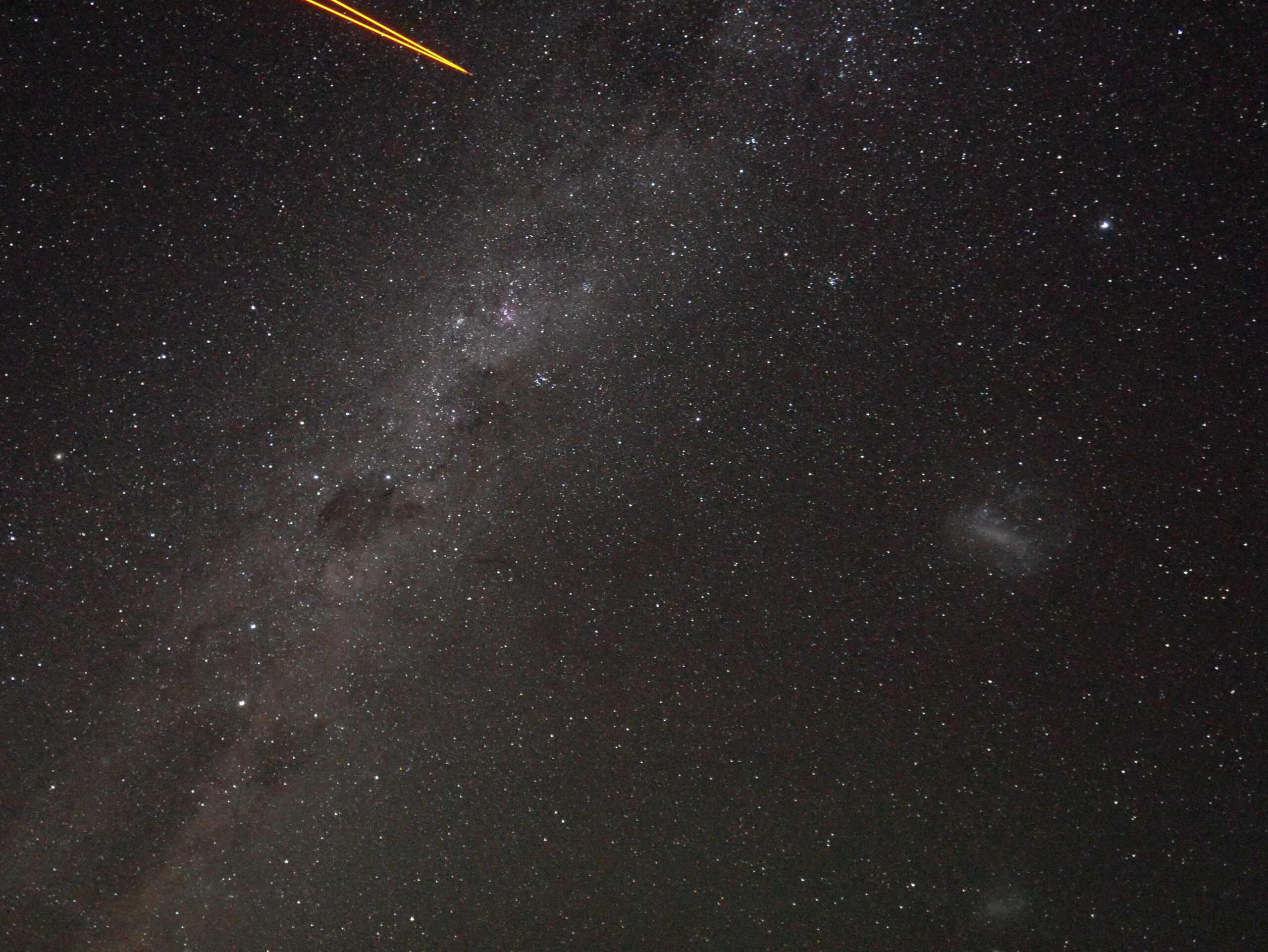
In fact, we observe the science of the community. People from all over the world send proposals; after which a committee selects the proposals and decides which ones are worth observational time and effort. The approved proposals are then loaded in a software database from which – depending on the external conditions – we choose the observations for the night. External conditions include, but are not limited to, turbulence in the atmosphere; how the clouds look like; or, whether there is lots of dust or water in the atmosphere. Then we rank the current conditions and we hope that they stay stable through the observation. If they improve, the data will be better; but, sometimes the conditions degrade. When this happens, we have to abort the observations. We then maybe try something else from the database that requires less stringent conditions.
To put all of this simply, it means that at the observatory in Chile I observe and collect data for astronomers from all over the World, not for myself. In most of the cases, the people who sent proposals do not come for observations. Only if they are observationally challenging programs, the astronomers still come and visit the observatory in Chile. This is rare though; in most of the cases we collect the data, do quality control to make sure we observed the right object(s), and then we pass on the data to the users for analysis. If the data does not pass the quality control, it goes back to the database and we try to observation once again when the conditions are better.
The most interesting part about observing so much is that occasionally you come across a publication and it just hits you “oh, cool, I pointed at this object couple of weeks ago”! It is truly amazing to have the opportunity to observe so many versatile aspects of our night sky.
2. Inside view into the Paranal observatory in Chile
Ivona: You mentioned that Germany is not so great for astronomical observations. What makes then Chile so special as an observational site that even ESO has its telescopes there?
For astronomy, you want a very stable atmosphere. Imagine a hot summer day and you see the hot air on top of the road flickering. The Earth’s atmosphere does the same. Consecutively, if you have a light ray passing through an unstable atmosphere, it gets distorted. This is also the reason why stars twinkle. But, the more the stars twinkle, the lesser the quality of your observation. You want all light concentrated in one spot in order to get sharp images or spectra.
So, Chile is one of the best places for astronomy because it has such a stable atmosphere most of the times. We find the reason in its geographical set up. In Chile, you have the Humboldt stream, which comes from Antarctica. When you combine this with the range of the Andes, then most of the cold and humid air does not reach the telescopes.
This has two benefits: first, we usually have clear skies, and second the atmosphere has very little turbulence. This is why observatories in Chile are some of the biggest ones in the World. If you want to be at the forefront of astronomy, Chile is one of the places you want to go to.
Ivona: Can you describe the observatory a bit? How does it look like and how many telescopes are there?
There are four main unit telescopes, each one is around eight meters in diameter. Each telescope has three instruments. This in total makes already twelve instruments, but the story does not end there. We also have two other smaller survey telescopes – around four and two meters in diameter. There are also interferometric system telescopes – we call them the Pacman telescopes – that we can move on the platform for different interferometric configuration. An astronomical interferometer is made out of two or more individual telescopes whose signals are combined.
Once we decide what to observe, we send the coordinates of the object to the telescope operators. They make sure that the telescope points to the right coordinates and that it stays on track. Since the target moves over the night sky, we use two complementary techniques to stay centered on the target: tracking and guiding.
With the tracking we calculate how the stars move, but the accuracy is unfortunately not good enough. So, we complement it with guiding. A camera detects light from a guide star and then software tries to keep this star in focus.
At the observatory in Chile we also often use so-called adaptive optics instruments. These are very important when we want to correct for turbulence in the lower layers of the atmosphere. Even though I mentioned that the atmosphere in Chile is very stable, this does not mean that it is completely free of disturbance.
For some of the adaptive optics instruments, we create four artificial stars with lasers. We know how the lasers look like when they left the telescope and we re-analyze the light that comes back from the lasers with fancy wavefront sensors. With this information, we deform a mirror with a high frequency to make the object once again as point-like as possible. The images get incredibly sharp and we improve the image quality a lot.
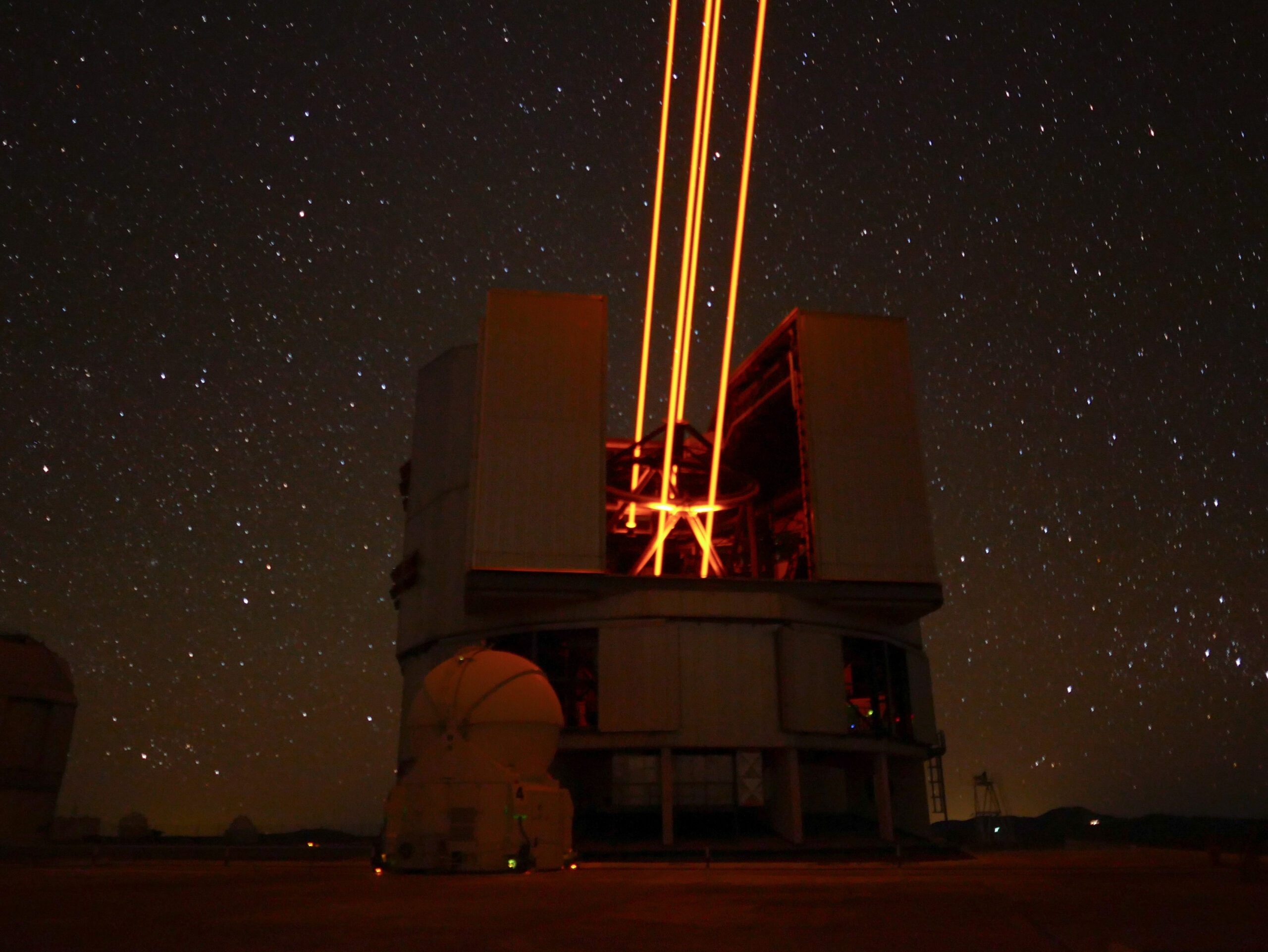
Ivona: How does the training at the observatory in Chile look like? I assume that you do not immediately start observing on your first working day in the observatory.
No, of course not. We actually start as day astronomers. People are always surprised that we work also during the day, because they think we just wait for the night. We start by checking all the data that came in during the night. Then, we especially check all the calibrations and try to maximize the observating time for night. The idea is to do this during the day so that we do not waste precious night time that we can use for observing.
We check the calibration for nearly twenty systems with two to three astronomers and operation specialists during each day. At the Paranal observatory in Chile many checks are automatic, but we also have to be on site. We are trying to improve these checks with machine learning, but it will take a bit longer until this is fully in place. However, the positive side of actually having such a people-intensive quality control is that the astronomers really familiarize themselves with the system. Every observatory is one of a kind, with custom-made instrumentation, so this training helps us to truly understand how everything works.
We also learn about the so-called ticketing system. We use this system to report if something went wrong during the night, so that the engineers and we can check all of the issues the next day. This is important because we do not talk only about one telescope, but a whole observational Eco-system of telescopes and instruments, with many, many sub systems. In addition there are some things that I never thought would go on such a ticketing system: air conditioning; cooling of the system; mechanical things such as the way the dome opens – all of these and so much more needs daily maintenance. The Paranal observatory in Chile works like a super effiicient machine.
Ivona: So, once you go through the training and you start observing at night, how does an average night at the Paranal observatory in Chile look like?
My day normally starts at 4pm, if I am lucky to get full eight hours of sleep. I always try to get in some exercise and me time: we have a gym, we have a pool – they take very good care of us. Running in the desert is though not something I dare to do. I burn very easily, especially with the super high UV index in Chile. Exercising a bit is very important to me because when we are observing we move very little. We normally drive the few kilometers from the basecamp in the valley to the telescopes at the mountain top. I also try to stay connected to family and friends during this pre-observing time. We lose our sense of time here: the sky does not care if it is a weekend or Christmas – if we have to observe we do it.
By 7pm we have dinner and we try to reach the control room by sunset, which currently is after 8pm. Of course, this can change with the season. Before we start the night shift, we watch the sunset together. It might sound a bit cliché, but it is like a grounding moment before it gets hectic. If I do not get the time to watch the sunset, it’s likely that something needs my attention in the control room. This is honestly never the best start for the night. And there is one other point of why the sunset here is so special. If you turn around 180 degrees away from the sunset you see the shadow of the Earth creeping up on the horizon. The colors are breathtaking. The sunsets are even better when you have clouds, but sadly the clouds disturb the night observing.
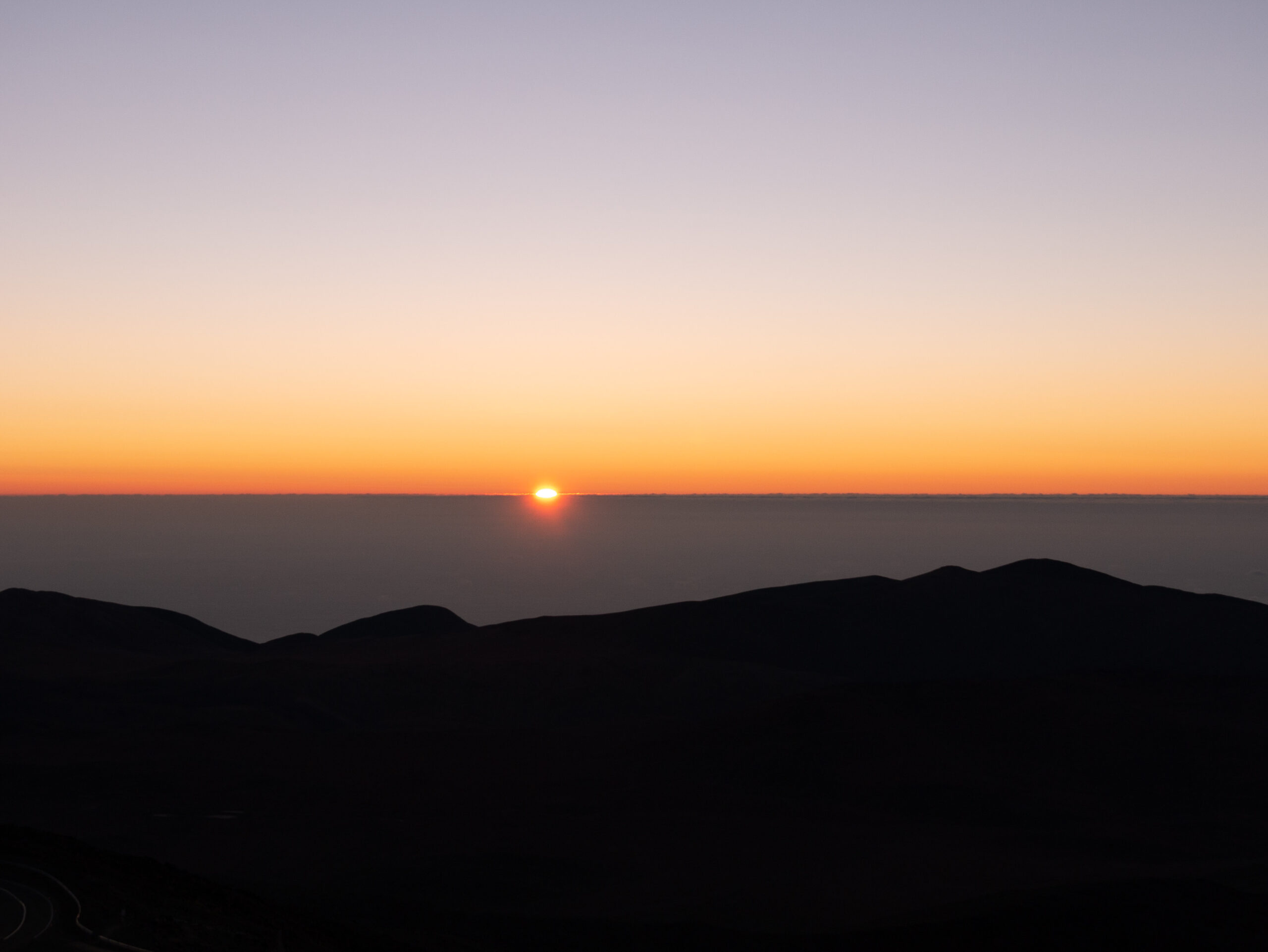
After the sunset, we enter the twilight when it is still too bright to do any meaningful observations. At this point I also check e-mails, follow up on the tickets from the day crew, or on my reports from the previous night. Sometimes it is funny, because I realize that I wrote some borderline nonsensical comment. But this is what happens when you are writing sleep-deprived at 4am, it is part of the job.
We then turn to the data base, check the external conditions and use a check list where we see what terminals we have to open and what we need to do for the observations.
Ivona: What do you really see when you observe? I think it is important to explain to people how much work goes into the data before we obtain these cool astro-photographs that we see from NASA or ESO that we can put on our walls as pictures.
First of all, these photographs are not fake. They are a product of real data. Nevertheless, we astronomers are not so far from the old-fashioned black-and-white photography. What we get is photons on a detector. In the best case scenario, we get a black and white image; or, what is more common, but appears less pretty to the general public is a spectrum: intensity as a function of wavelength. To go from there to pretty images it takes some involved, but manageable data analysis. When it comes to multi-color images, what happens is that we observe the field multiple times and each time we put differently-colored filters. We take the red image, then the green image, and finally the blue image. Eventually, we combine them and get these pretty multi-color photographs that people even frame in their living rooms.
3. The challenges of an astronomer: the pandemic and life at the Paranal observatory in Chile
Ivona: Can we now talk a bit about the pandemic? I guess, as everywhere else in the world, it influenced the way you do your job. What are the most prominent impacts that the pandemic had on your job?
The most prominent change was that this year the observatory was closed for the first time ever since its existence! There have been other extreme conditions in Chile: for example, there were some major earthquakes and some political turmoil in ESO’s 50-year long history in Chile, but the observatories in Chile were always running. However, due to corona, the Paranal observatory was closed for the first time for six months. This was quite shocking!
Once we reopened, the way we run things also changed. Now, one team has to have fifteen consecutive days at the observatory in order to align with the incubation time of the virus. It was not like this before, when the default shift length was eight days. Sometimes we astronomers would have short shifts of only a few nights, but now we spend the entire shift with the same people for fifteen days.
In addition, there are these small social aspects that for I used to take for granted, thinking they will always be there for us. We used to have a “night lunch” with the night crew in a small kitchen below the control room, but now we can no longer do this. Now each one of us consumes their food alone on their desk. We have a fixed seating order in the canteen now, so we cannot mingle at meal times like we used to do.
Then, there is the aspect of exchange of knowledge and expertise. During normal-running times, we get visiting experts from all over the World. I got to learn a lot from them, but now this is no longer possible. It is not the same via skype, especially not because of the nature of the job. While we still can provide them with their observations, again, the small chats about science and astronomy, for example at the meal times are missing.
Finally, there is this mindset shift. I especially struggle with home office, since I always had a separation between my office and my home. Working from home was not a habit of mine; except maybe when it got really busy with deadlines. I now struggle with distractions and changing my habits. You know, it is much easier to do the laundry than to calculate a dynamical model of 300 stars.
However, this is not to say that everything is bad. We are in a way very privileged. One of the perks of working in science is that even during these times we have a stable income and job. Yet, when you think that after this period you have to get a new position, the shutdown worries you, it makes you think your future is unstable.
Ivona: Other than the pandemic, what are the main challenges of working at an observatory in Chile, both personally and professionally?
When I think specifically about arriving in Chile, my biggest problem was the language. Even though I have taken some Spanish classes, it is hard to understand the people in Chile. They speak incredibly fast, omit consonants and have many different words than the Spanish I have learned. Thus, navigating in Santiago and making myself understood was the first challenge I faced. ESO provided us with a lot of help to settle down, including Spanish classes, so that helped to get started.
But, on a more prominent personal note come my health, the social aspect, and the family friendliness of the job. Especially in the beginning, it was hard to adapt my sleep routines to the night shifts.
The schedule of shifts at the observatory is irregular. This not only disrupts the time I need to dedicate to my science, but also the time I want to dedicate to my family, friends and hobbies. I am away from home and my family and friends for a long period. It is hard to be spontaneous. I struggle to join teams or do certain social activities that require a fixed schedule; or, to make friends outside of the observatory. For example, I joined a choir, but I ended up being at the observatory or out of the country on science trips for every single concert.
When you think about it, I live in a small bubble. I mostly hang out with friends, who are also astronomers. After each of the shifts at the observatory, we have a rest period, to compensate for working at night or on weekends. In theory, these days are free for rest, but in the end, very often after a couple of days, I find myself working again. I analyze data, read the literature, or write my own papers. This is my biggest professional challenge – finding the right balance between observing, resting, and doing my research.
4. Soft skills and career advice
Ivona: In your opinion, what are the most important soft skills that one needs to possess for this job?
We are one team stuck on a mountain in the middle of the desert. The worst thing that can happen to us is to have a bad team player in our crew. You have to understand: it isn’t a one person show. Starting from calibrations, to night observing, to issue reporting, to telescope operation – we have to collaborate. We of course have conflicts, but we try to run the show in the most pleasant way possible. Communication is also very important, both within our team, but also with visiting astronomers.
Ivona: Finally, based on your personal experiences and impressive career, what is your advice to people who are aiming at challenging jobs?
Looking back at my career, I must say that my life would have probably looked very different had I not made my internship in Australia. Beyond the mere fact that I learned so much about astronomy, this was the time when I really found out the importance of being properly mentored. I realized for the first time that a great mentor can make the difference between you deciding to stay in or abandon a certain field. I was highly privileged to get some great mentoring and I am so grateful for this. On a personal level, this has been an inspiration and a motivation to be a good mentor myself.
So, my unsolicited advice to everyone in any job is: find yourself a mentor. A mentor does not have to be your assigned supervisor. In an ideal world, your supervisor is also a great mentor, but this is not always the case. Thus, you should seek out and find your mentors outside of your group as well. The mentor can also change at any given point in time. Nevertheless, you always need people who at a given time are on your side; who can train you, support you and guide you until you reach the phase when you can do that for other people. And even then, you will still find yourself looking for mentorship yourself ever so often.
Finally, do not be embarrassed to ask for help. To reach out to people and find mentors. Those who are predisposed to be good mentors will probably be happy that you approached them. If they mock you for asking for their support – these are not the right people for you. I now have a huge respect for people who admit that things go astray and ask for help. In my opinion, this trade is highly undervalued. We tend to forget that the people who openly admit that they struggle are the real problem solvers. Thus, in my opinion, these are the people who are not only surviving, but are also thriving in their chosen profession.
Final Words
What are your thoughts on being an astronomer and observer? Have you ever visited an observatory and would you like to? Do you have any questions regarding the Paranal observatory or observing/astronomy in general? Then hit the comment section and I or Dr. Johanna Hartke will get back to you.
Finally, if you liked this article, please consider sharing it. Not only to support my work on the blog, but also Johanna’s outstanding dedication, love for astronomy and beautiful photography.
Until our next write-and-read – stay healthy, take care, and enjoy the holidays with your loved ones.



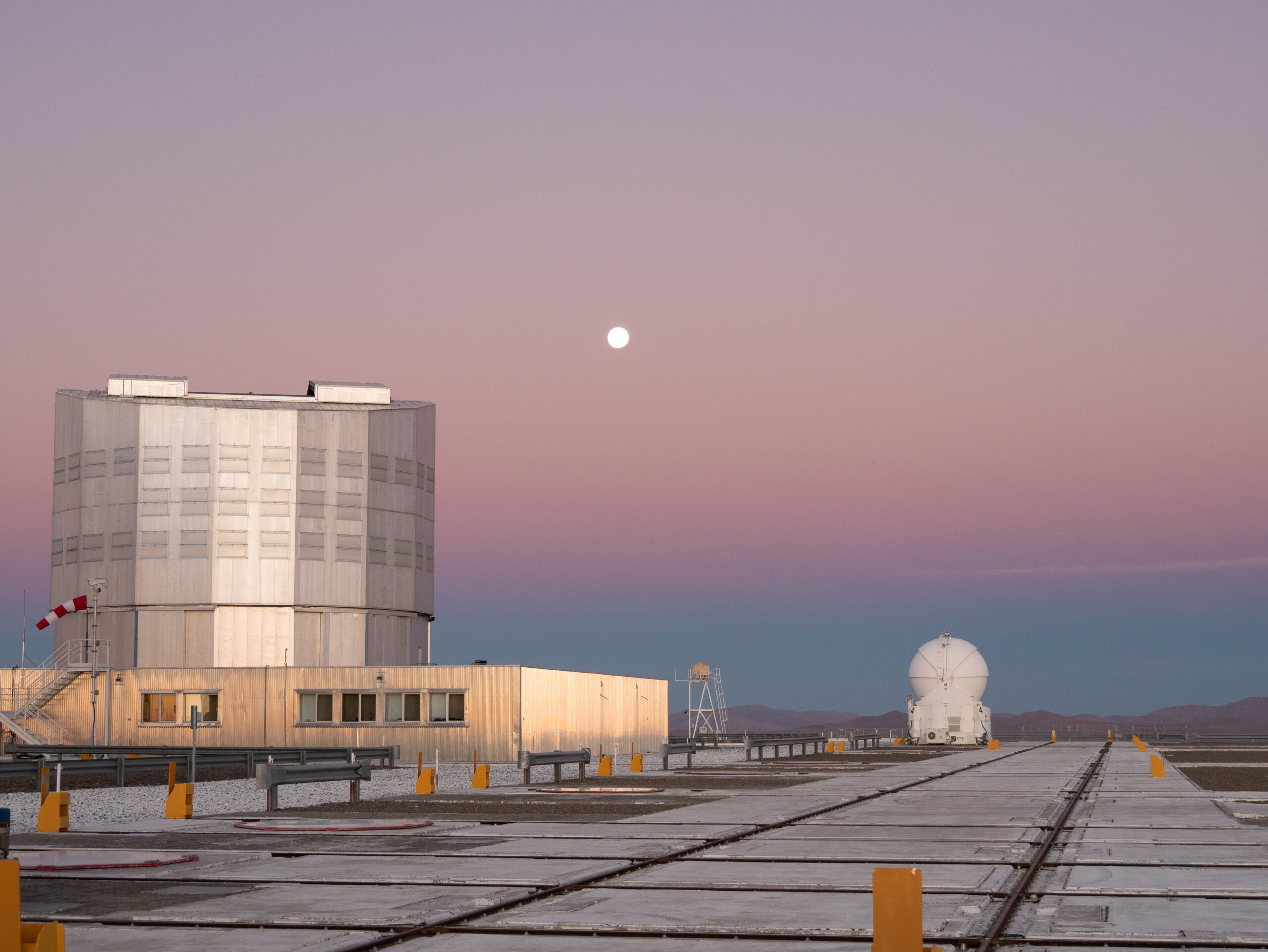
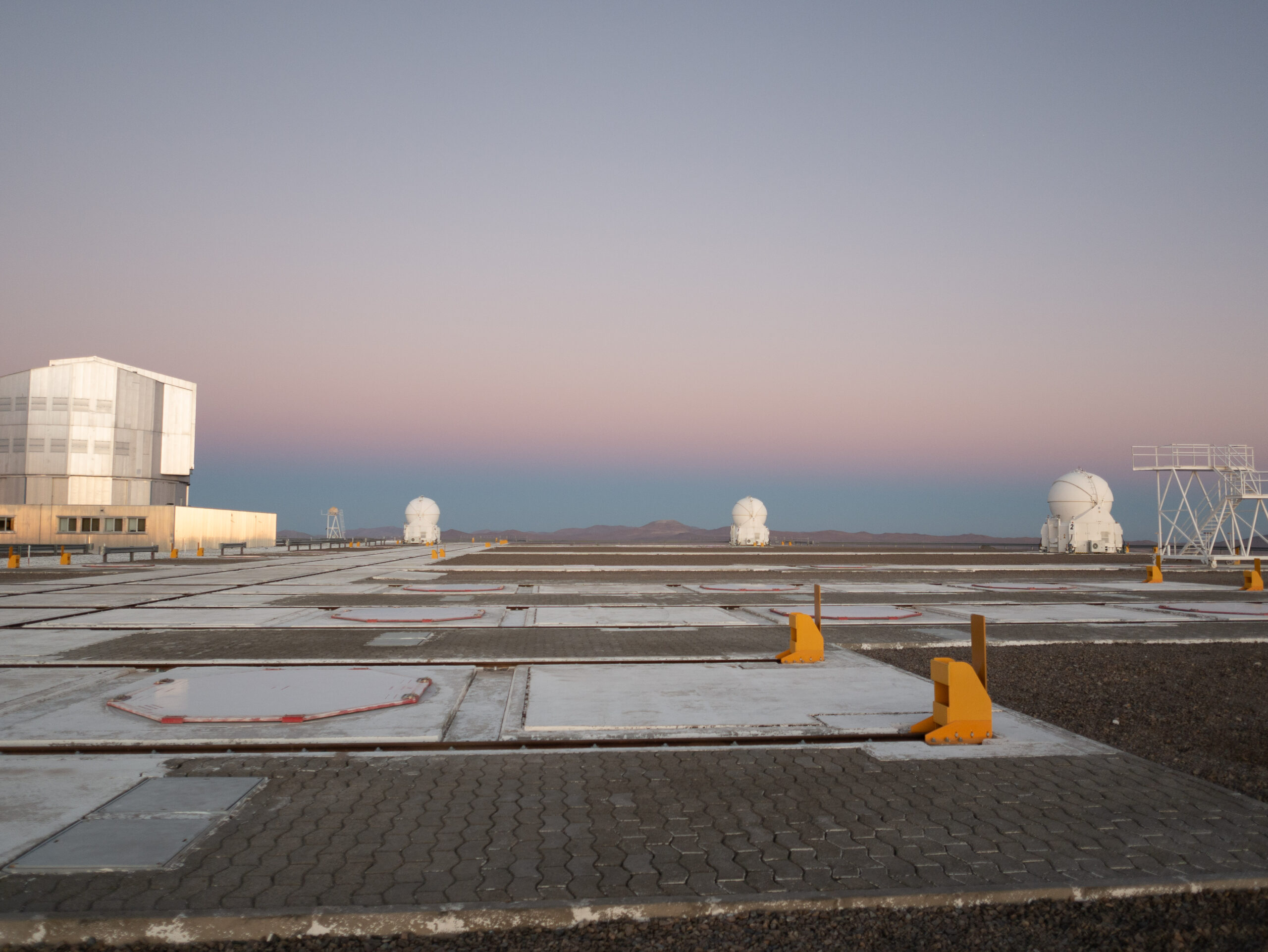
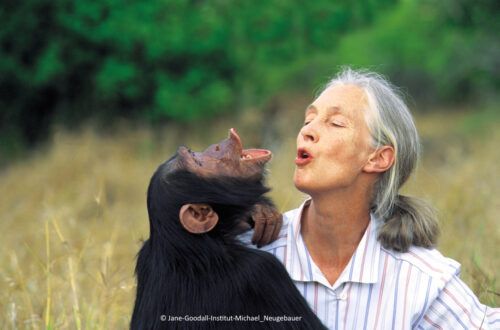

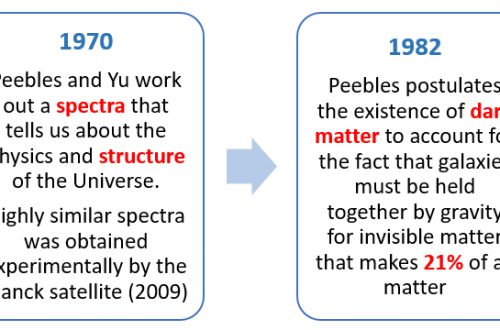
One Comment
patrick
Hey,
Thank you so much! I am usually quite happy in my profession but reading this I was a bit sad and emotional not habe Chosen to become an astronomer. Thanks to both of you for the Interview and the brethtaking pictures.